Author: French Fries Fish
“Qualcomm Snapdragon”, if you are a tech geek, when you see these four words, do you automatically think of the powerful “8” beginning with SOC? Or the annually refreshed Android phone king? Or the little dragon that breathes fire?
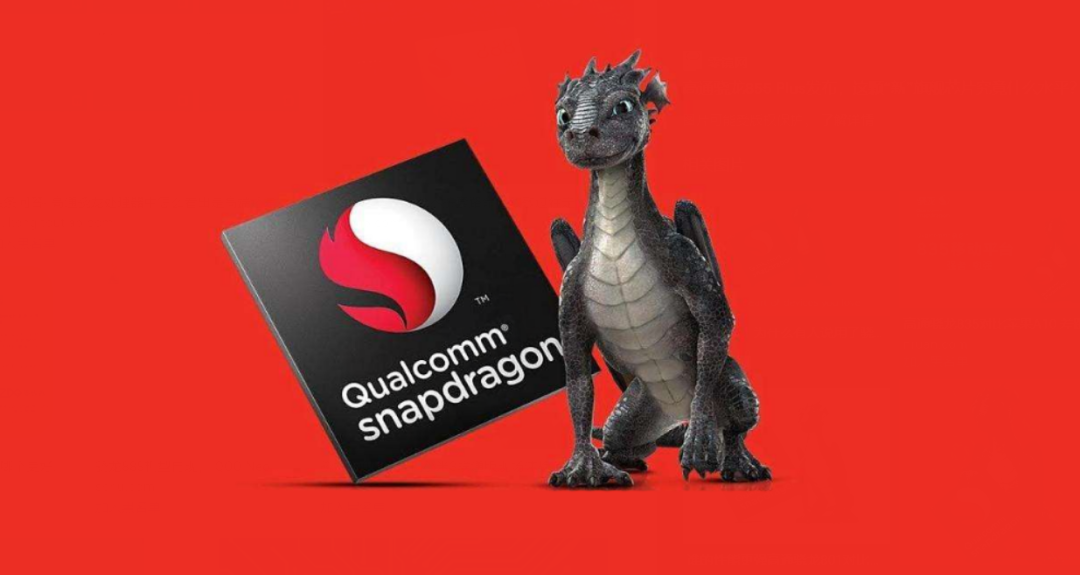
As for why a new energy vehicle media like us would mention it, other than also paying attention to technology, the more direct reason is Qualcomm Snapdragon’s automotive business.
The unified feeling brought to me by various brand new car launches this year is: in this day and age, it is embarrassing to not have an 8155 car chip and still claim to be a “smart car”.
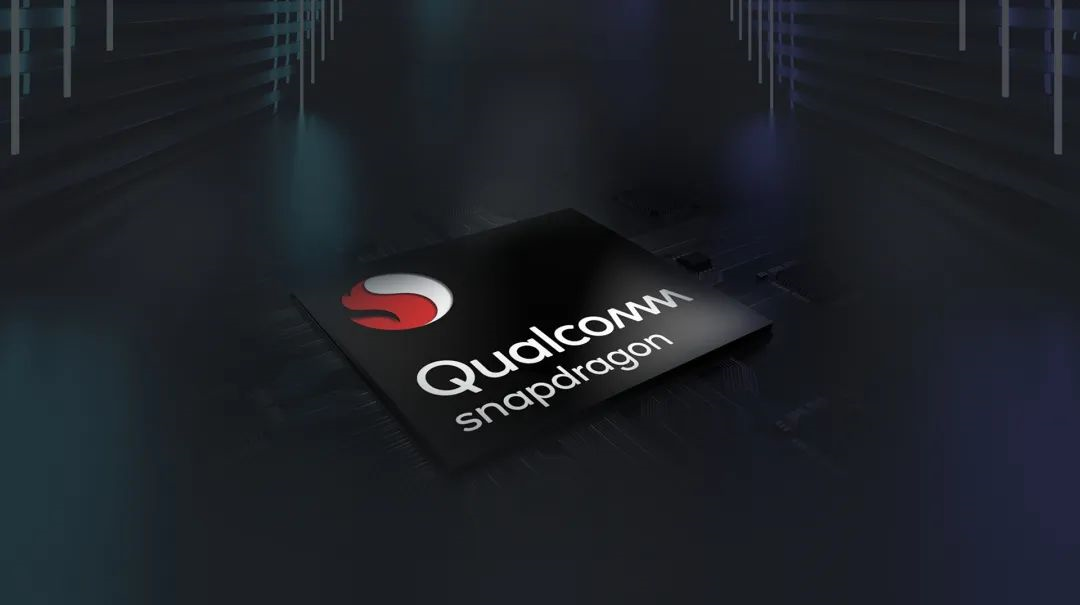
The frequently mentioned 8155 chip has let car fans know that Qualcomm not only excels in making phone chips, but also does not hold back when it comes to automotive chips. But as an old-timer in the chip industry, will Qualcomm rely solely on the 8155 to walk the automotive industry?
Don’t be naive.
As for why, we have to go back to the Qualcomm press conference that Constantine invited me to watch two days ago.
Qualcomm Takes Cars Seriously
On the evening of May 20th, Qualcomm held the “Snapdragon Night” press conference.
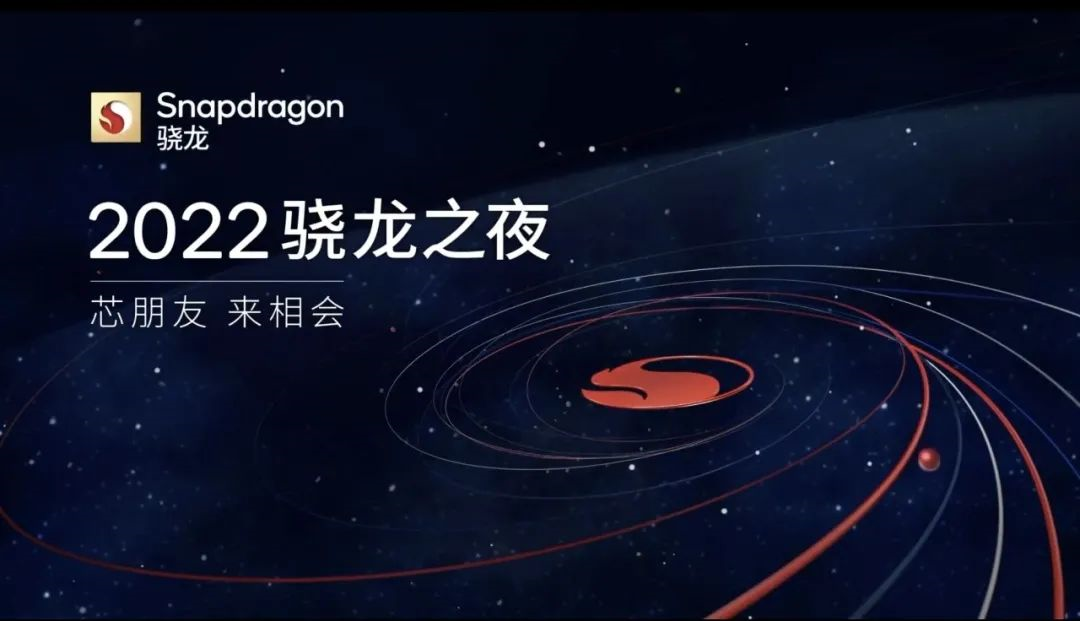
Qualcomm Global Vice President Hou Mingjuan told us that the story of Qualcomm and cars dates back 20 years ago.
“20 years ago, by providing 2G connectivity for cars, we entered the automotive industry. Seven years ago, we began research and development of autonomous driving. Last year, the process technology of Snapdragon cockpit chips caught up with flagship smartphones for the first time.”
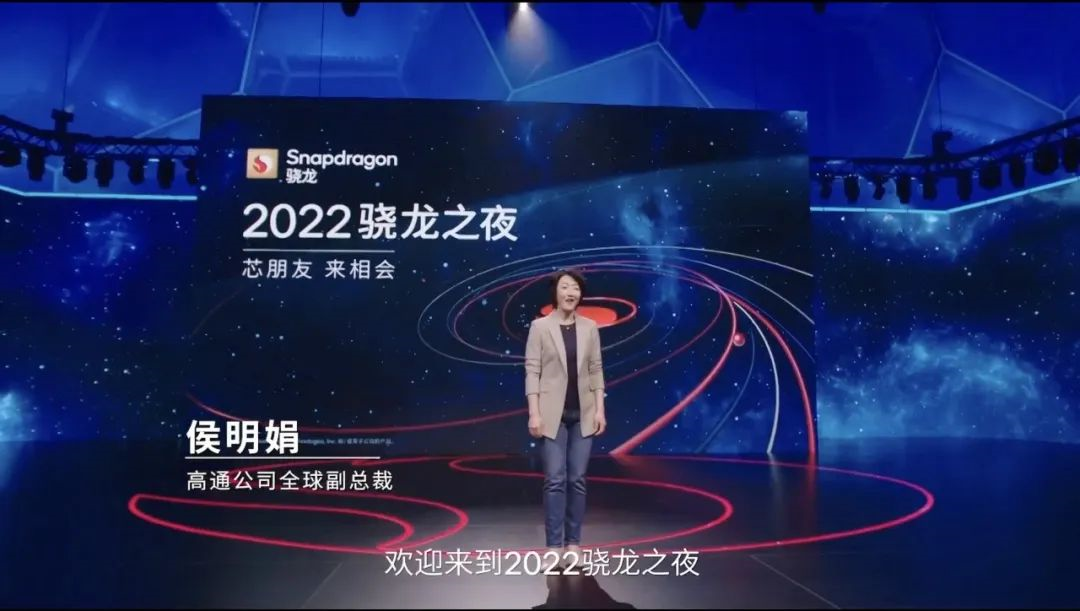
Three statements from different time points all convey a central idea — in the past, Qualcomm was pretty awesome, it is still awesome now, and in the future, it will most likely continue to be awesome.
Hou Mingjuan’s words still maintain their Eastern subtlety, while Qualcomm CEO Amon is more straightforward.

“The Snapdragon Digital Chassis is helping all top automotive brands create intelligent, customized, and immersive driving experiences.”
Amon uses the most modest tone to say the most domineering sentence.The implication of “all top car brands” is that cars without a Snapdragon digital chassis are not really cars?
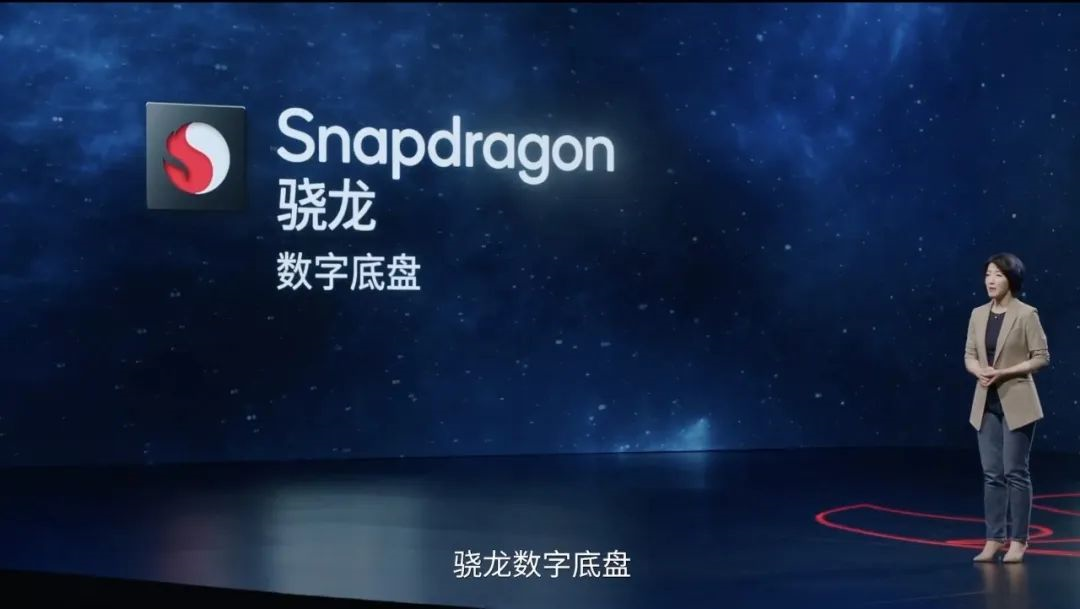
Okay, let’s get back to the topic.
Ammon has such a tough statement because the Snapdragon digital chassis has established a complete product ecosystem matrix.
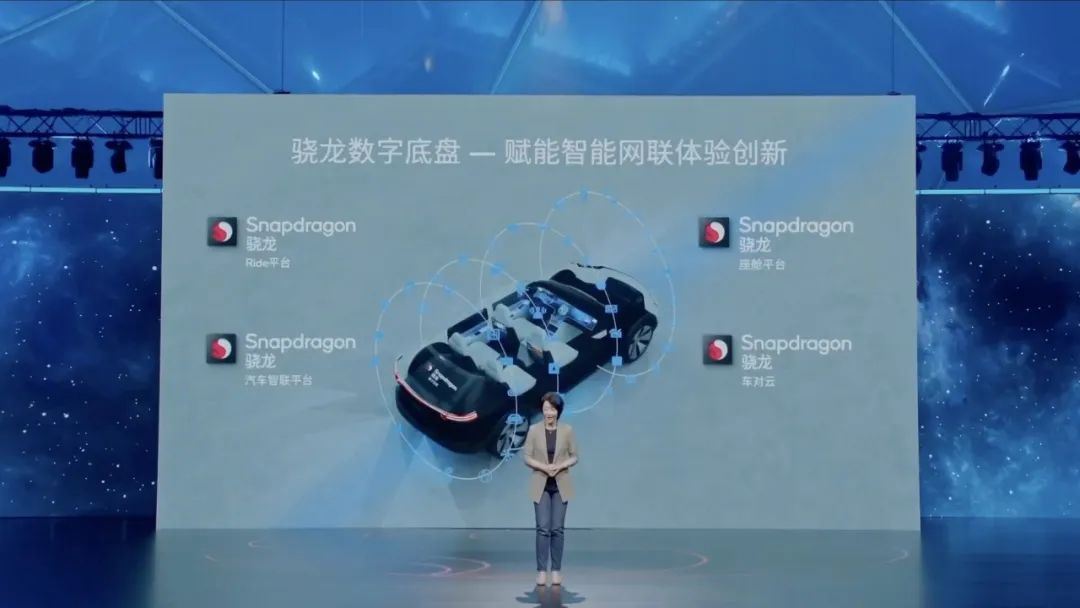
In driving and parking scenarios, Snapdragon Ride platform supports intelligent driving; in-car scenarios, Snapdragon Cockpit platform supports intelligent cockpit; in-car networking scenarios, Snapdragon Automotive Intelligence Platform provides 4G/5G, Bluetooth and Wi-Fi connections; and in the background of “frequently updated”, Snapdragon vehicle-to-cloud service supports OTA upgrade.
Simplifying the Car System
Among the four major components of the Snapdragon digital chassis, for us end consumers, the car system supported by the Snapdragon Cockpit platform is the most direct part we feel.
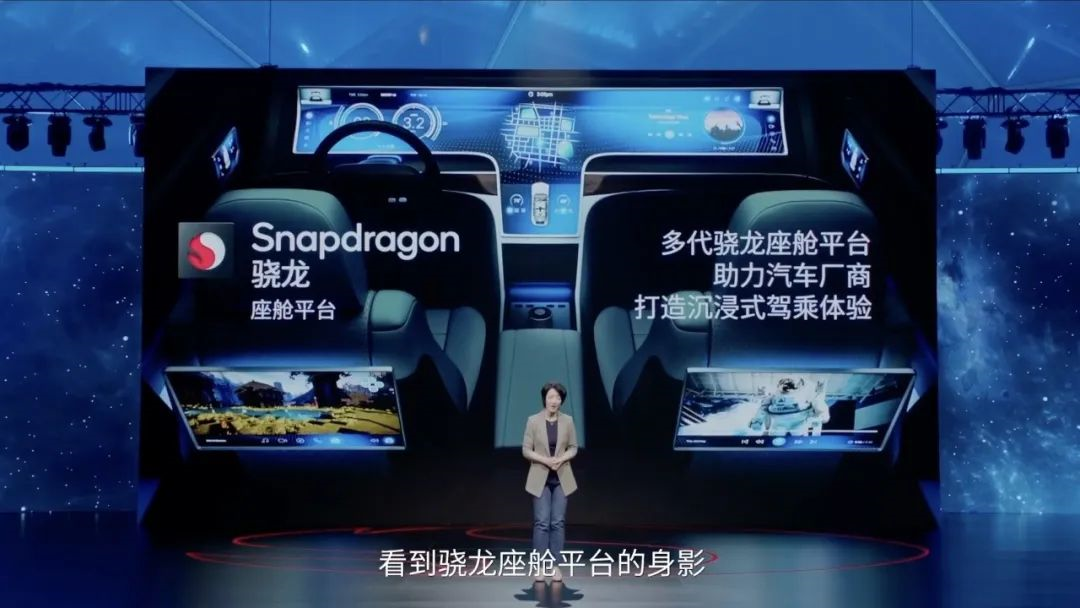
As for car systems, only focusing on hardcore contents such as chips and platforms is obviously too dry. Therefore, Snapdragon ingeniously invited their partner, CEO of Xpeng Motors, He XPeng, to demonstrate the prowess of the Snapdragon Cockpit platform with actual end products.
“Snapdragon users around the world are XPeng’s friends.”
As soon as He XPeng appeared, he added several insurance locks to the cooperation between Qualcomm Snapdragon and Xpeng Motors.
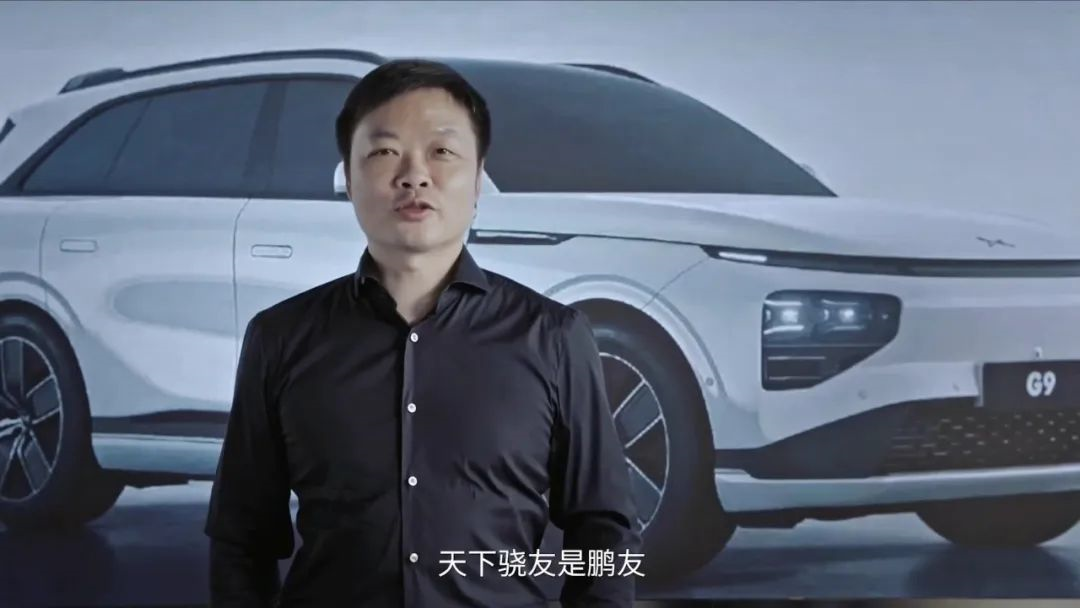
From G3, P7, P5 to the upcoming flagship SUV Xpeng G9, Xpeng is undoubtedly the follower of the Snapdragon digital chassis.
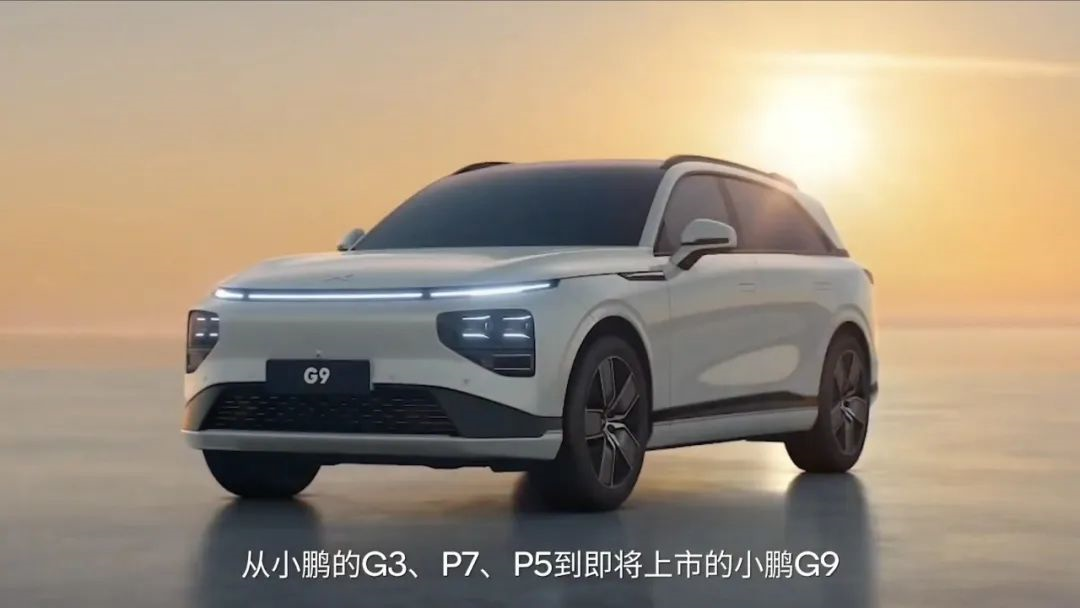
Xpeng also relied on the Snapdragon Cockpit platform to develop the world’s first “full-scenario voice interaction” technology.
The function of “continuous dialogue” allows passengers to communicate with the car system in a less mechanical way; “say what you see” completely liberates the touch screen of the car system, allowing users to say what they see on the screen, and the car system can perform corresponding operations, bringing a truly usable new way of car system interaction.
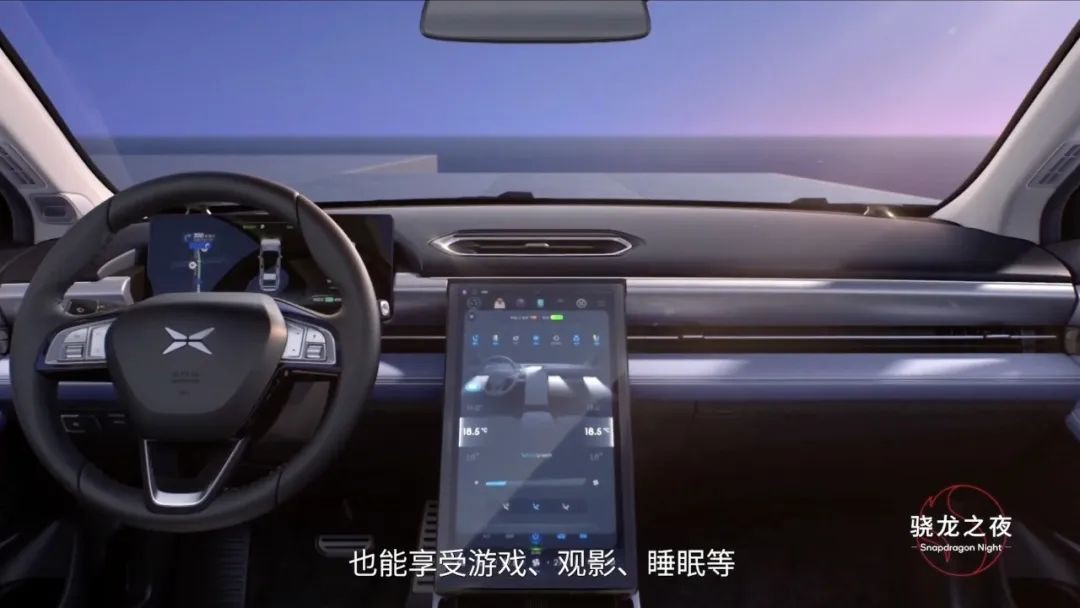 “XPeng Motors is committed to creating a more convenient and enjoyable travel life for humans with technology and intelligence, and the Snapdragon Cockpit platform brings us closer to this mission,” said He XPeng in defining the collaboration between Qualcomm Snapdragon and XPeng.
“XPeng Motors is committed to creating a more convenient and enjoyable travel life for humans with technology and intelligence, and the Snapdragon Cockpit platform brings us closer to this mission,” said He XPeng in defining the collaboration between Qualcomm Snapdragon and XPeng.
Behind this highly tied-up collaboration, in addition to trust in technology, there is also the benefit of joining forces. As of the first quarter of this year, XPeng Motors’ cumulative sales of vehicles using the Snapdragon digital chassis exceeded 150,000.
For self-driving technology, we’re waiting for test results. If the Snapdragon Cockpit platform resolves the user’s current pain points regarding interaction, Qualcomm’s Snapdragon Ride platform carries Qualcomm’s hopes for autonomous driving in the future.
“This year is the year when Qualcomm’s intelligent driving technology gets on board,” said Hou Mingjuan, Qualcomm’s vice president, announcing that Snapdragon Ride has entered the next phase.
Similarly, Qualcomm has also chosen partners to speak through terminal products. This time, the co-founder and CEO of Momenta, Gu Weihao, took the stage.
“Little Magic Box 3.0 is the world’s most powerful autonomous driving computing platform that we have launched in collaboration with Qualcomm,” said Gu Weihao.
It’s apparent that Gu Weihao is also a CEO who likes to “throw down an ace” card.
“Based on the Little Magic Box 3.0, we have launched the Momenta NOH Smart City Auxiliary Driving System for urban scenarios, China’s first mass-produced urban auxiliary driving product,” said Gu Weihao.
NOH City Intelligent Auxiliary Driving is the next battle for intelligent car manufacturers. According to Gu Weihao, Momenta Zhixing’s progress bar for this battle has reached the “mass production” phase.
Gu Weihao’s confidence comes first and foremost from the performance of the Snapdragon Ride platform.
The Momentum’s Little Magic Box 3.0 uses Qualcomm’s Snapdragon Ride chip on a 5nm process, with artificial intelligence computing power of 360TOPS, high-speed cache of 144MB, and CPU computing power exceeding 200k DMIPS, making it a “computing monster,” according to Gu Weihao.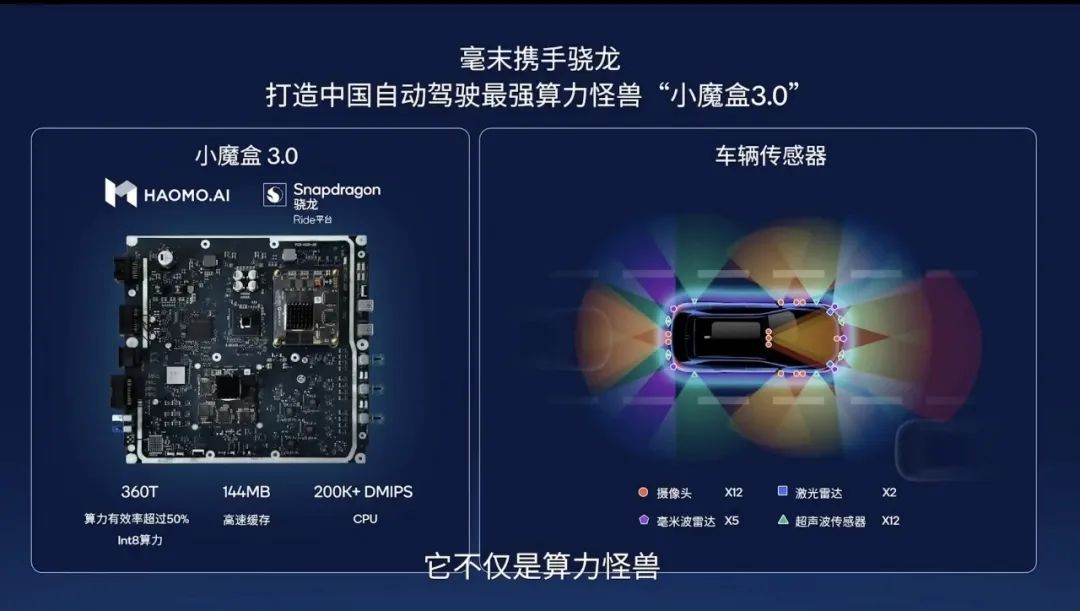
The performance of the car is supported by 2 LiDARs, 12 cameras, 5 millimeter-wave radars, and 12 ultrasonic radars, and these sensors are fused to build what Gu Weihao called the “fully redundant perception system.”
The consumer market never believes in overconfidence because the end product will give the quickest counterattack to arrogance.
The Wei brand new car equipped with the “Moore Thread 3.0” is about to be launched this year, and we will also be the first to tell you how Moore Thread performs.
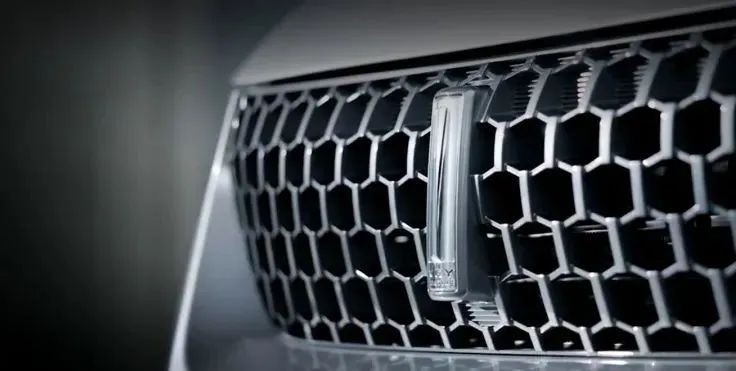
More than 150 million, this is the number of cars currently equipped with the Qualcomm Snapdragon Automotive Connectivity Platform, and last year the global sales volume of cars was 82.1 million. The huge incremental market is definitely the reason why Qualcomm attaches great importance to the automotive business.
Qualcomm’s expression of this emphasis can also be called frank – as Qualcomm’s most important press conference, the automotive business accounted for one-third of the content of the Snapdragon Night.
I am also very happy to see such seriousness from Qualcomm, because serious Qualcomm will inevitably bring its traditional efficiency advantages to the automotive industry.
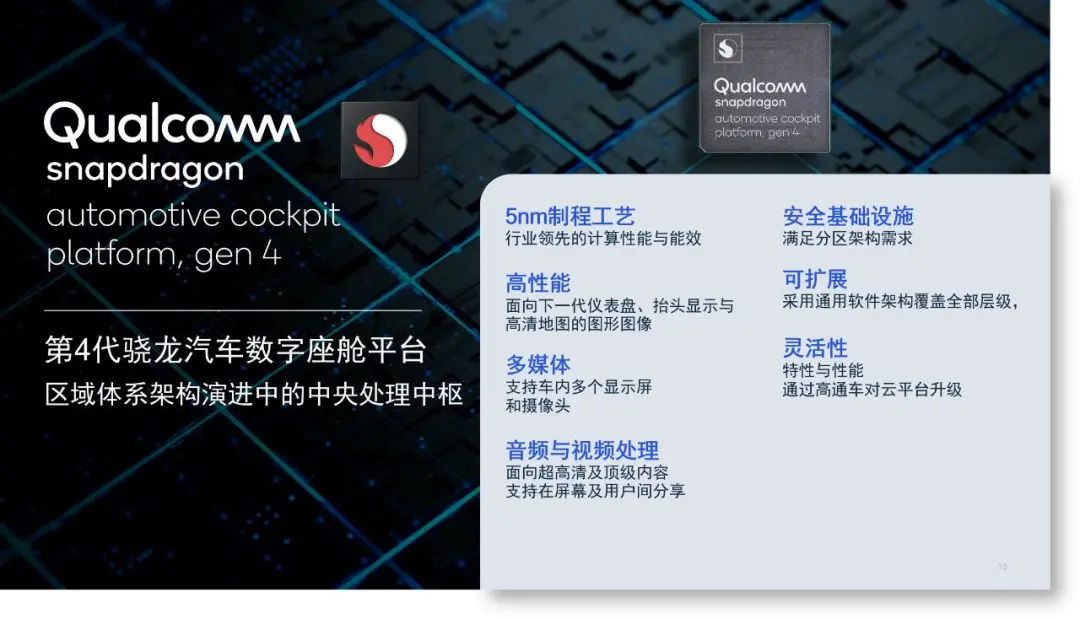
For example, while everyone was eagerly waiting for the 8155 chip, Qualcomm released the fourth-generation cockpit platform chip with a 5nm process technology, the 8295, at the end of last year. It is reported that the computing power of the 8295 will be 8 times that of the 8155.
Who would have thought that this time, the stage of chip computing power competition would be moved to the automotive industry.
Just as no one could have expected that Professor Chang would be sealed at home again.
This article is a translation by ChatGPT of a Chinese report from 42HOW. If you have any questions about it, please email bd@42how.com.
